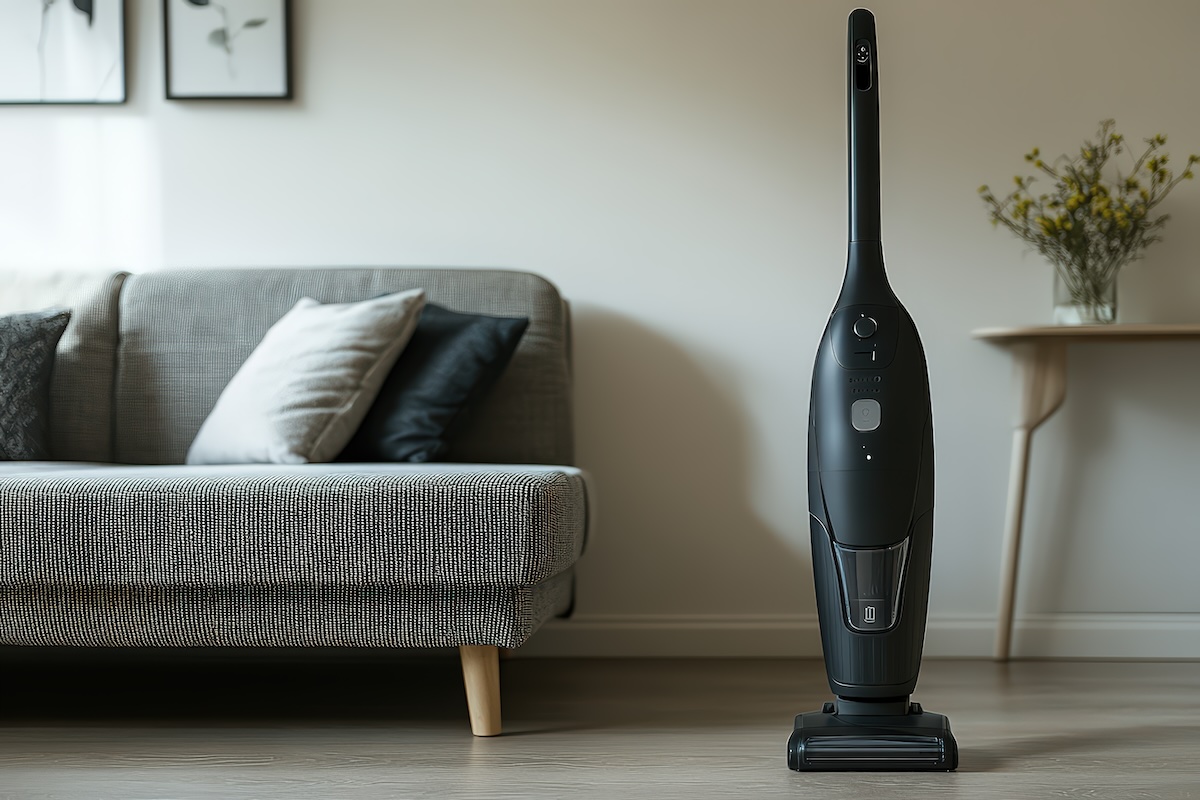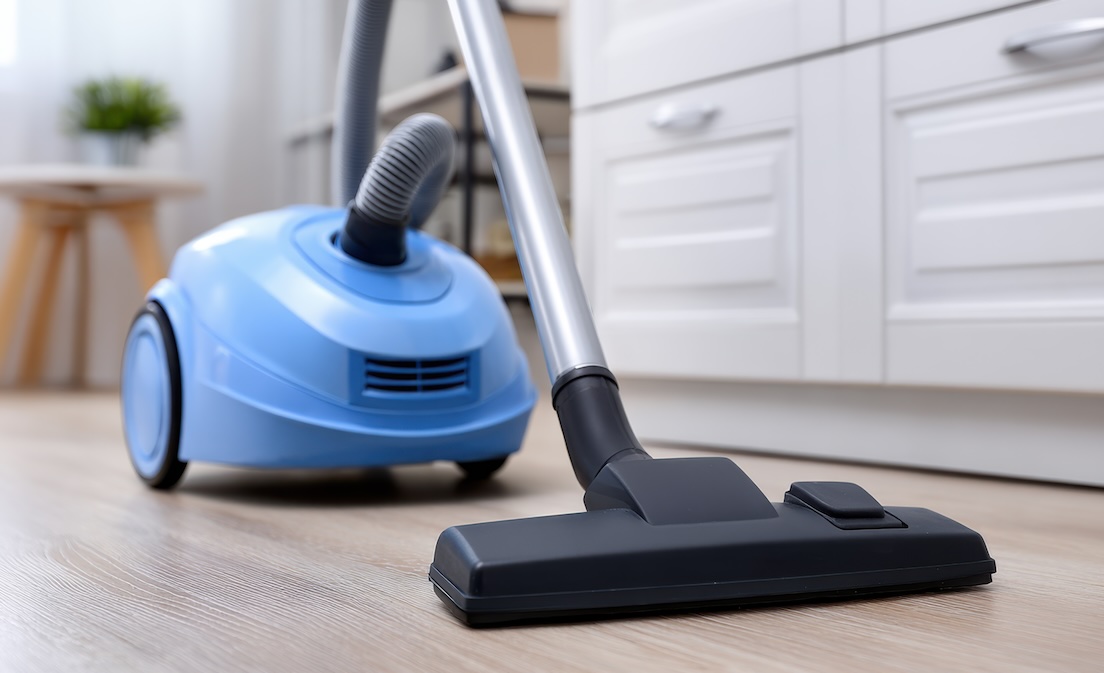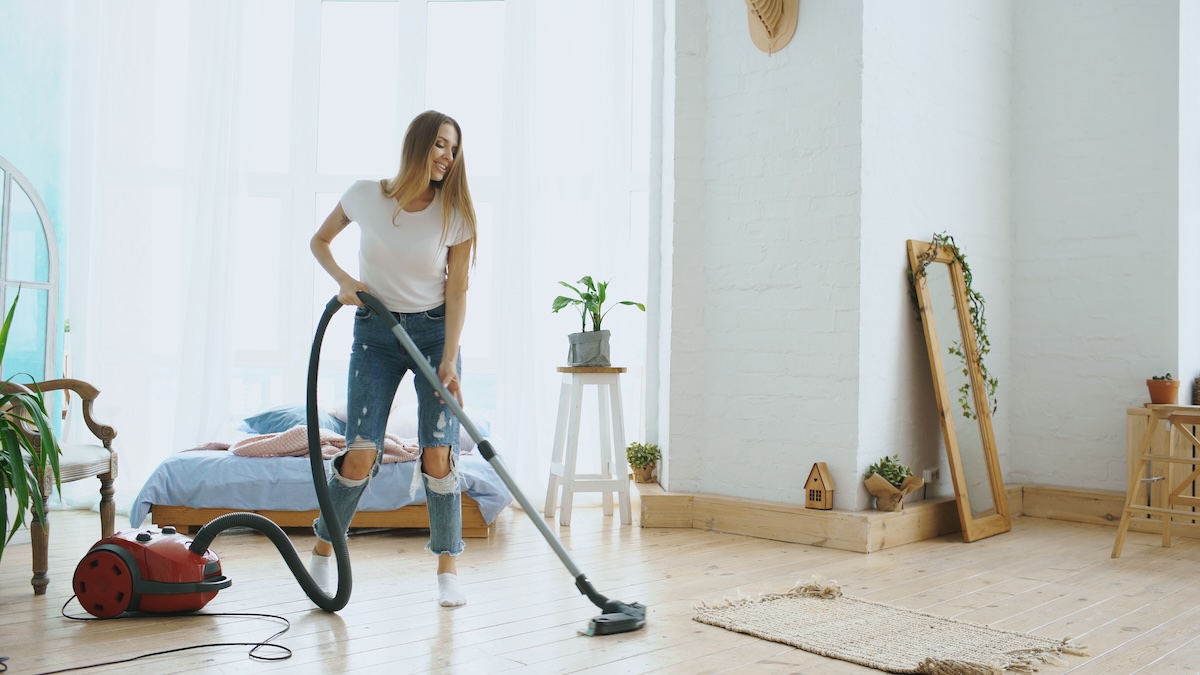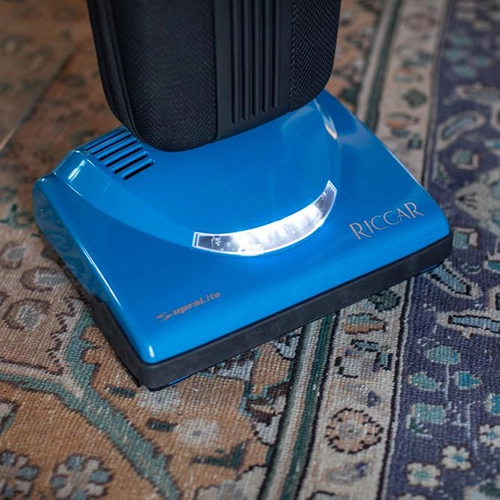So you’re shopping for a new vacuum, and you’re stuck. Maybe you’ve always used uprights. Maybe you saw someone mention canisters and now you’re wondering what the difference really is—and why someone might choose one over the other.
Truth is, there’s no universal winner here. Both upright and canister vacuums have their own strengths, quirks, and ideal use cases. Whether you’re trying to deep-clean wall-to-wall carpet or maneuver around antique furniture, the best vacuum cleaner(s) for you really depends on how—and where—you clean.
Let’s break it all down in real-world terms. Not just the specs, but how these machines actually fit into everyday life.
Table of Contents
ToggleFirst, What’s the Actual Difference?
At a glance, the difference is all about structure:
- Upright vacuums are one-piece machines. The motor and suction head are combined into a single, vertical unit you push around like a lawn mower. They’re the classic vacuums you probably picture when you think of a vacuum cleaner.
- Canister vacuums separate the suction motor into a wheeled “canister” that stays on the ground while you guide a cleaning wand or hose. It’s a two-piece setup with more moving parts—but also more flexibility.
Functionally, both create suction, both pick up dirt, and both can come with attachments, filtration systems, and fancy features. The bigger question is how they perform in different environments.
Quick historical context:
- Canister vacuums were among the first powered vacuum designs in the early 1900s. Their design allowed for more versatile cleaning (especially on stairs and drapes), and many early European models favored this layout.
- Upright vacuums gained traction in the U.S. historically thanks to innovations like the Hoover Model 700 in the 1920s and 30s. Their all-in-one design appealed to American households (including those right here in Nashville, Tennessee!) with wall-to-wall carpeting, and they became the cultural standard here by the 1950s–60s.
In other parts of the world:
- Canisters dominate in Europe, Asia, and many international markets, where homes often have smaller floor plans, mixed flooring, and tighter storage spaces.
So while canisters are actually older in origin, they’re not necessarily “old-fashioned.” In fact, they’re often viewed as more high-end or premium in global markets, especially when paired with advanced filtration and quiet motors. The idea of canisters being “old-fashioned” tends to be a very U.S. consumer-specific perception, mainly because of upright dominance in advertising and product availability over the past several decades.
Upright Vacuums

There’s a reason upright vacuums are so common in Nashville households and vacuum shops—and it’s not just habit. Their all-in-one design, straightforward operation, and powerful suction make them a solid choice for American homes that rely heavily on carpeted floors. If you grew up with one, chances are it’s still your mental image of what a vacuum should look like. But familiarity aside, uprights have earned their popularity with real performance.
Let’s take a closer look at where they really shine:
Strengths
Great for Large Carpeted Areas
If your home has wall-to-wall carpeting—or even just a few big rugs that get a lot of traffic—uprights are built to handle it. They typically feature wide cleaning heads and motorized brush rolls that dig deep into carpet fibers to lift embedded dirt, dust, and pet hair. Their design encourages strong downward pressure and consistent suction, which is especially helpful on plush or high-pile surfaces.
For quick, efficient passes across broad areas, it’s hard to beat the raw power and coverage of a good upright.
All-in-One Convenience (with Fewer Pieces to Manage)
Upright vacuums combine the suction motor, filter system, and primary cleaning head into a single vertical unit, which means your core cleaning setup is always ready to go. Even though many uprights now include hose extensions and accessories for above-floor cleaning, you don’t need to assemble separate components just to vacuum your floors.
For most jobs, you can simply plug in, turn it on, and start cleaning—without pulling anything out of a separate canister or figuring out where to park it. That built-in, grab-and-go setup is a big part of the appeal for people who want simplicity with just enough flexibility for occasional detail work.
Easy to Store
Unlike canisters—which require a bit more space and tend to sprawl—uprights are tidy. They stand up on their own, often locking into place, and don’t take up much horizontal real estate. If you’re storing your vacuum in a closet, corner, or laundry room, this vertical footprint makes them easier to tuck away. It also means you can pause mid-clean without needing to lean the vacuum wand against something or lay it on the floor.
Budget-Friendly
When it comes to cost, upright vacuums typically offer more suction power per dollar—especially in the entry-level and midrange categories. While premium models exist, you don’t have to spend a fortune to get a solid, reliable upright that handles routine cleaning with ease. For homeowners or renters who want performance without breaking the bank, that balance of price and power is hard to overlook.
But Uprights Aren’t Perfect
Despite their power, upright vacuums do have limitations:
- They’re heavier overall. Lifting an upright up and down stairs can be awkward.
- They’re less agile around furniture. That big rectangular head doesn’t always fit under beds or around table legs.
- Attachments can feel like an afterthought. On many uprights, the hose is short and hard to maneuver.
That’s where canister vacuums quietly earn their fanbase.
Canister Vacuums

If upright vacuums are like pickup trucks—rugged, powerful, and ready for big jobs—canisters are more like compact SUVs: easier to handle, more flexible, and still strong where it counts. Here’s where they stand out:
Strengths
Outstanding Maneuverability
Canister vacuums are built for finesse. The lightweight wand offers almost surgical precision, giving you full control with minimal effort. Instead of wrestling with a bulky machine, you’re guiding a slim, agile tool that bends, swivels, and slips exactly where you need it.

You can glide effortlessly beneath low-slung sofas, navigate tight spaces behind dressers, and sweep around chair legs without having to awkwardly reposition furniture. So, for anyone who’s tired of cleaning around obstacles—or worse, just skipping them entirely—canister vacuums deliver a level of mobility that upright models just can’t match.
Easier on Stairs and for Multi-Level Homes
One of the most practical advantages of a canister vacuum is how well it handles stairs. Rather than lugging a heavy upright up step by step, you simply carry the compact canister body in one hand while working the wand with the other.
The design splits the weight, making it more balanced and much less awkward to maneuver. Whether you have a second floor, a basement, or just a few tricky landings, this setup makes whole-house cleaning noticeably less of a workout.
Works Well on Many Household Surfaces

Canister vacuums often come with a wider selection of cleaning heads and attachments than uprights, giving them an edge when it comes to multi-surface performance. From motorized brush rolls for deep-cleaning carpet to soft-bristle tools for hardwood and specialty nozzles for delicate tile or grout, swapping heads is usually quick and intuitive.
That means you can transition from one flooring type to another without dragging in debris or changing machines—perfect for homes with a mix of surfaces in different rooms.
Quieter Operation
If noise level is a concern—whether you’ve got pets, kids napping, or just prefer a peaceful cleaning experience—canisters typically run quieter than their upright counterparts. The motor is housed in a separate unit, often with sound-dampening insulation, which helps reduce overall volume. Instead of a harsh roar, you’ll hear more of a steady hum. It may not sound like a big deal until you’ve vacuumed during a Zoom call or early on a weekend morning and realized how much calmer the process could be.
Better Filtration Options
While it varies by model, high-quality canister vacuums are often the go-to choice for those concerned about indoor air quality. Many include advanced/HEPA filtration systems and sealed designs that prevent dust, odors, and allergens from leaking back into the air.
If you’re managing allergies, asthma, or simply want to improve your home’s cleanliness at the microscopic level, a canister vacuum with a properly sealed filtration system can make a real difference. Some even include multiple filtration stages to trap fine particles that traditional vacuums might miss entirely.
So Why Don’t More People Use Canisters?

In a lot of Nashville homes, upright vacuums are the default—not because they’re always better, but because they’re what people are used to. They’re the kind you see in commercials, hotel hallways, and big-box stores. There’s a comfort in the familiar, and for most shoppers, upright vacuums just feel like the “standard” way to clean.
Canisters, on the other hand, can throw people off at first. The layout is different, the storage is less tidy, and the setup requires an extra step or two.
For example:
- They take up more room in a closet. Between the hose, wand, and the canister itself, they don’t tuck neatly into a corner like an upright that stands on its own.
- They’re not as “grab-and-go.” You can’t just roll it out and push—it’s more like a two-part system. You pull the canister behind you as you guide the wand, which takes a little getting used to.
- They don’t park upright mid-clean. If you’re the type to pause vacuuming to move something or take a call, having a unit that can’t stand on its own can feel awkward—at least at first.
It’s not that these things are problems, per se—they’re just different. And for many American buyers, that unfamiliarity is enough to steer them back toward what they know.
But once people actually try a canister vacuum—especially in homes with stairs, mixed flooring, or tricky layouts—many are surprised at how natural it starts to feel. What seemed awkward at first often turns out to be more efficient, more ergonomic, and in some cases, just plain easier.
While upright vacuums may win on familiarity, canisters often win on function. While they perform better in certain scenarios, they can feel unfamiliar—until you actually try one.
Use Case Comparison: Which Fits Your Lifestyle?
| Situation | Upright Wins | Canister Wins |
| Large carpeted rooms | ✅ | — |
| Hardwood, tile, rugs | — | ✅ |
| Cleaning stairs | — | ✅ |
| Pet hair in carpets | ✅ | ✅ (if motorized head) |
| Furniture and corners | — | ✅ |
| Storage space is tight | ✅ | — |
| Quiet operation matters | — | ✅ |
| You vacuum the whole house in one go | ✅ | ✅ |
| You vacuum in quick spurts | ✅ | — |
You’ll notice: for most people, either vacuum will do the job. The difference is how well and how comfortably it does it for your space and habits.
A Quick Note on Hybrids, Sticks, and Robos

Yes, cordless sticks and robot vacuums exist—and they’ve gotten way better over the years. But they’re still going to be supplemental for most people.
Stick vacuums can be great for quick maintenance. Robot vacuums help keep things tidy between regular vacuum cleaning. But when it comes to good suction and full-house cleaning, the conversation still comes down to upright vs. canister.
So… Why Would Someone Choose a Canister?
Let’s say you vacuum often, but don’t love the physical effort. Or you live in a home with mixed flooring, lots of furniture, or stairs. Maybe you’ve had back pain—or maybe you’re just a little more detail-oriented and want a vacuum that can follow your lead.
In those cases, a canister vacuum makes a lot of sense.
Yes, there’s a learning curve. You’ll have to get used to dragging the canister behind you and parking it while you move around. But for a lot of people, the small trade-off is worth it.
It’s not about replacing your upright out of dissatisfaction—it’s about upgrading to a style that might better suit how you live and clean now.
Final Thoughts: Upright or Canister?

If you’re just looking to get the job done, either type of vacuum will get you there. But if you’re looking for long-term comfort, versatility, or allergen control—and don’t mind stepping outside the upright box—a canister vacuum is absolutely worth considering. You’ll notice the difference the first time you glide under a coffee table without breaking stride.
Still not sure which vacuum is the right fit for your home? Stop by Edison Vacuum or give us a call. Our team knows these machines inside and out—and we don’t just sell them, we repair and service vacuum cleaners too. Whether you’re leaning upright, curious about canisters, or want to try both in person, we’ll help you find the one that fits your space, your lifestyle, and the way you actually clean.




